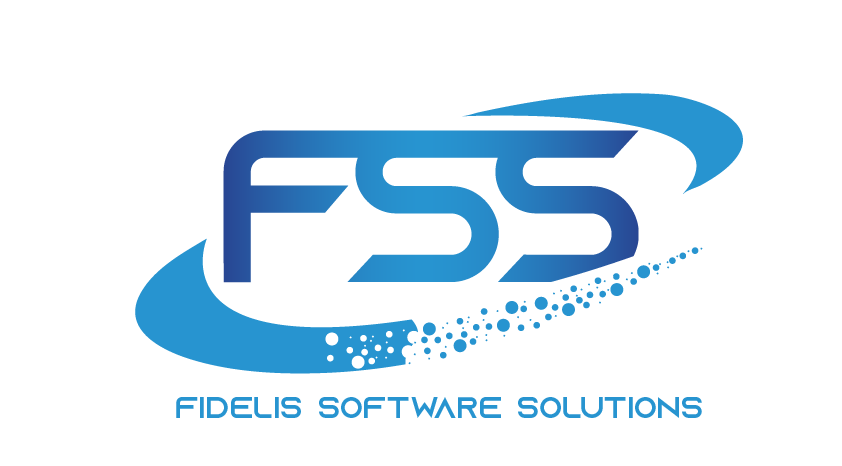How Cloud Computing will evolve in the coming decade?
When we think about Cloud Computing we find that nothing existed before the 21st century. Though the concept of cloud computing can be traced back to the 1950s when organizations only kept one or two expensive computers. But cloud computing has evolved and has driven the business forward with increasing importance given to the role of CIOs and CTOs in coming years.
Companies today have undergone Cloud computing and the question hovers around the premises- what services and operations must be shifted to the cloud. Over the past decade, cloud computing has shown enormous growth figures both at enterprise and consumer levels. Software companies such as Microsoft, Abode, Oracle have encouraged their users to upgrade to cloud equivalent. This is offered on a subscription-as-you-go basis. A bulk of cloud-native providers-such as Zendesk, Workday, and Service Now have emerged as Software as Service Offering. Not only this, along with it Platform as Service(PaaS), Infrastructure as Service (IaaS), and Disaster Recovery as Service( DRaaS) are now available.
Cloud Computing forms the lifeblood of Companies. Nowadays Companies have become familiar with the pay-as-you-go cloud billing model, and look at IT purchases as a day-to-day expense, rather than as a one-off investment.
Four fifty-one research has pointed out that nearly 90% of companies will be using cloud computing in the next two years whereas 60% of them will be relying on off-premise IT services. It has also predicted that from 28.1 billion markets in 2017 cloud computing will grow to 53.3 billion markets in 2021.
Cloud Computing’s transformation in the coming years is noteworthy, the number of cloud-based solutions and services are on the rise. Along with it hybrid and multicloud strategies will also play an important role.
